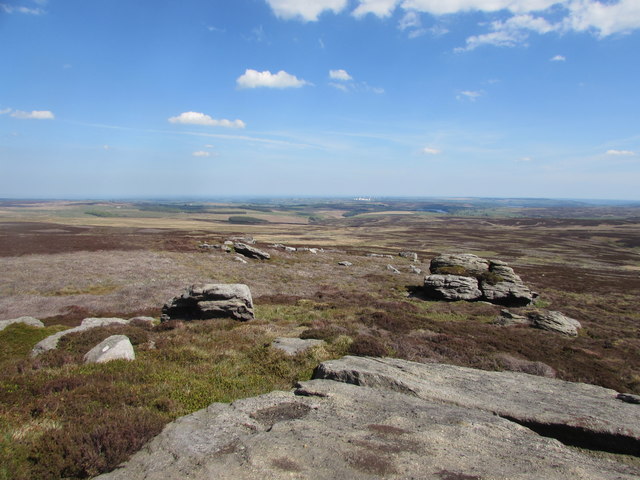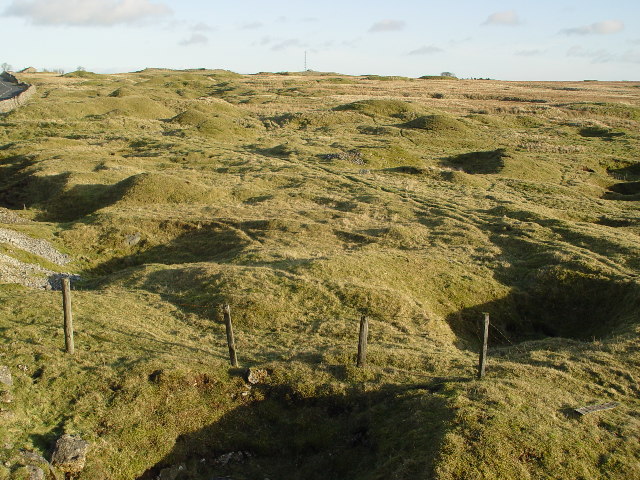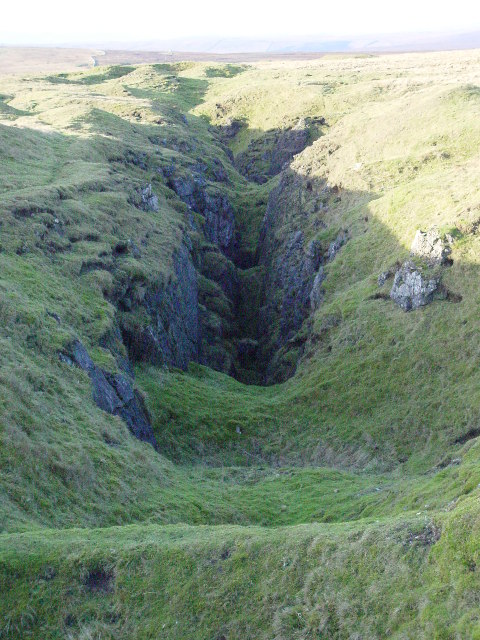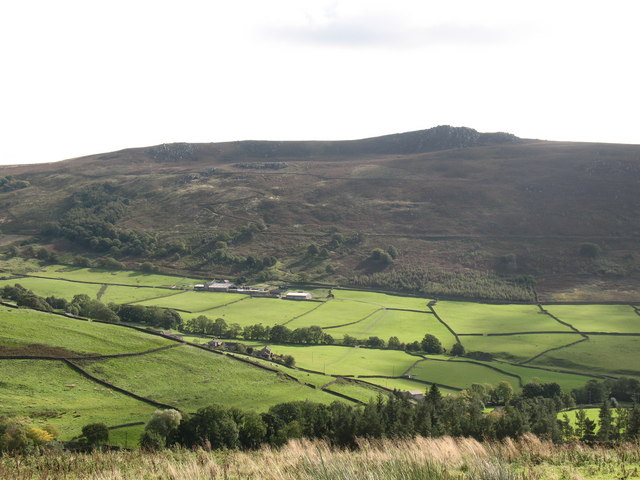Blow Tarn
Lake, Pool, Pond, Freshwater Marsh in Yorkshire Harrogate
England
Blow Tarn

Blow Tarn, located in Yorkshire, England, is a picturesque freshwater lake nestled in the heart of the countryside. This natural body of water is characterized by its stunning beauty and tranquil surroundings, attracting visitors from far and wide.
Covering an area of approximately 5 acres, Blow Tarn is a relatively small lake but makes up for its size with its abundant natural charm. Surrounded by lush greenery and rolling hills, the tarn offers a serene and peaceful atmosphere for those seeking an escape from the bustling city life.
The water in Blow Tarn is crystal clear and reflects the surrounding landscape, creating a mesmerizing mirror effect. It is home to a variety of aquatic flora and fauna, including water lilies, reeds, and small fish species. The lake also supports a diverse range of bird species, making it a popular spot for birdwatching enthusiasts.
Blow Tarn is a popular destination for outdoor activities such as fishing, boating, and picnicking. Anglers can enjoy fishing for perch, pike, and trout, while boating enthusiasts can explore the lake's calm waters by canoe or kayak. The serene environment and stunning scenery also make Blow Tarn an ideal spot for leisurely walks and nature hikes.
The surrounding area of Blow Tarn is a haven for wildlife, with several nature reserves and protected areas nearby. Visitors can often spot various species of birds, mammals, and insects in these habitats, adding to the area's natural beauty.
Overall, Blow Tarn is a hidden gem in Yorkshire, offering a peaceful retreat for nature lovers and outdoor enthusiasts. Its stunning scenery, diverse wildlife, and range of recreational activities make it a must-visit destination for those seeking a tranquil and idyllic experience in the heart of nature.
If you have any feedback on the listing, please let us know in the comments section below.
Blow Tarn Images
Images are sourced within 2km of 54.05296/-1.8533284 or Grid Reference SE0961. Thanks to Geograph Open Source API. All images are credited.

Blow Tarn is located at Grid Ref: SE0961 (Lat: 54.05296, Lng: -1.8533284)
Division: West Riding
Administrative County: North Yorkshire
District: Harrogate
Police Authority: North Yorkshire
What 3 Words
///trudges.fixed.debate. Near Pateley Bridge, North Yorkshire
Related Wikis
Stump Cross Caverns
Stump Cross Caverns is a limestone cave system between Wharfedale and Nidderdale in North Yorkshire, England. == Geography == The caverns at Stump Cross...
Greenhow
Greenhow is a village in North Yorkshire, England, often referred to as Greenhow Hill. The term how derives from the Old Norse word haugr meaning a hill...
Simon's Seat
Simon's Seat is a peak in the Yorkshire Dales in northern England. It is a prominent outcrop of millstone grit on the eastern side of Wharfedale. Although...
Parcevall Hall
Parcevall Hall -- also known as Parceval Hall -- and its gardens are located at Skyreholme near Appletreewick village, Wharfedale, North Yorkshire, England...
Have you been to Blow Tarn?
Leave your review of Blow Tarn below (or comments, questions and feedback).



















